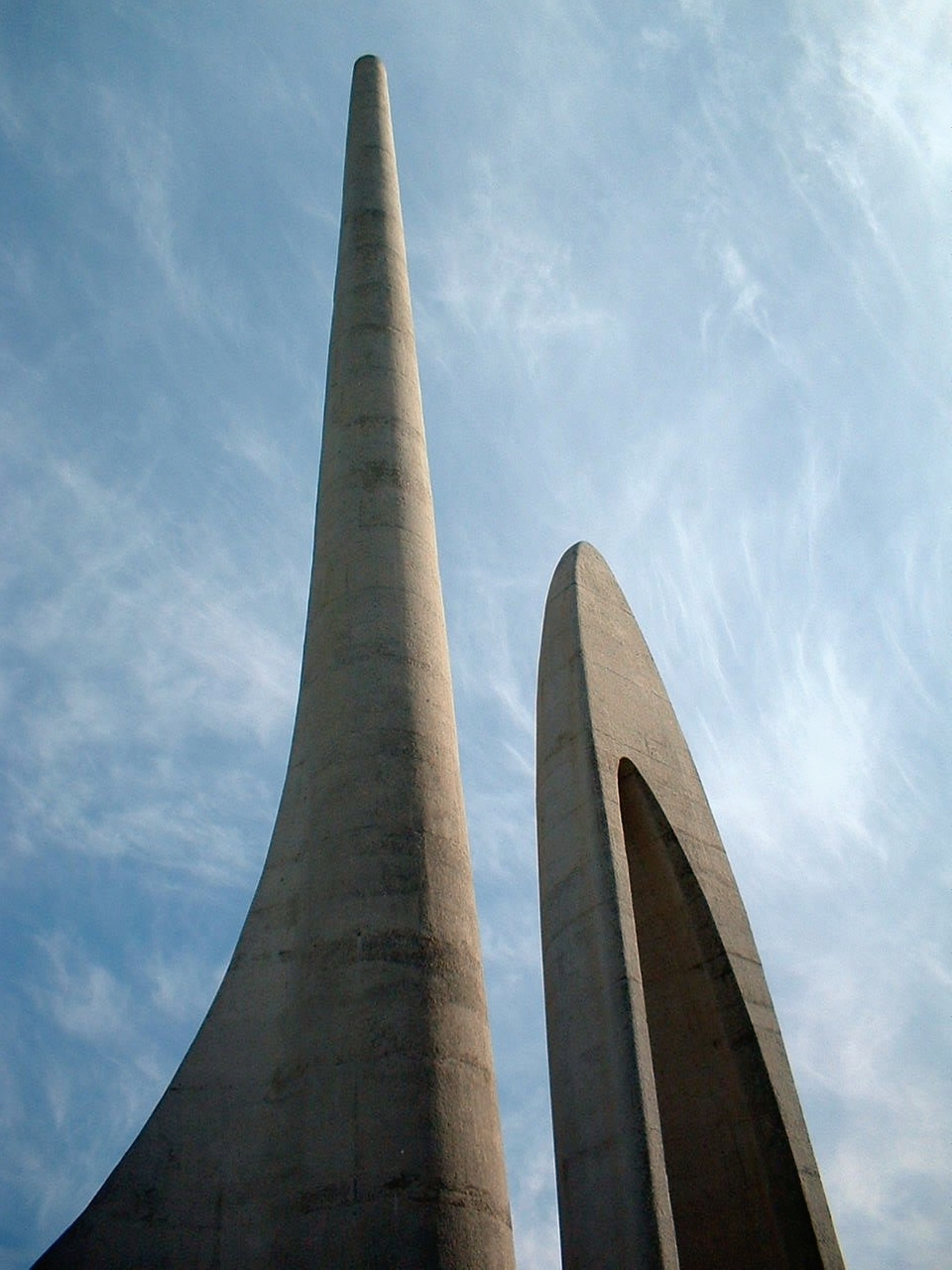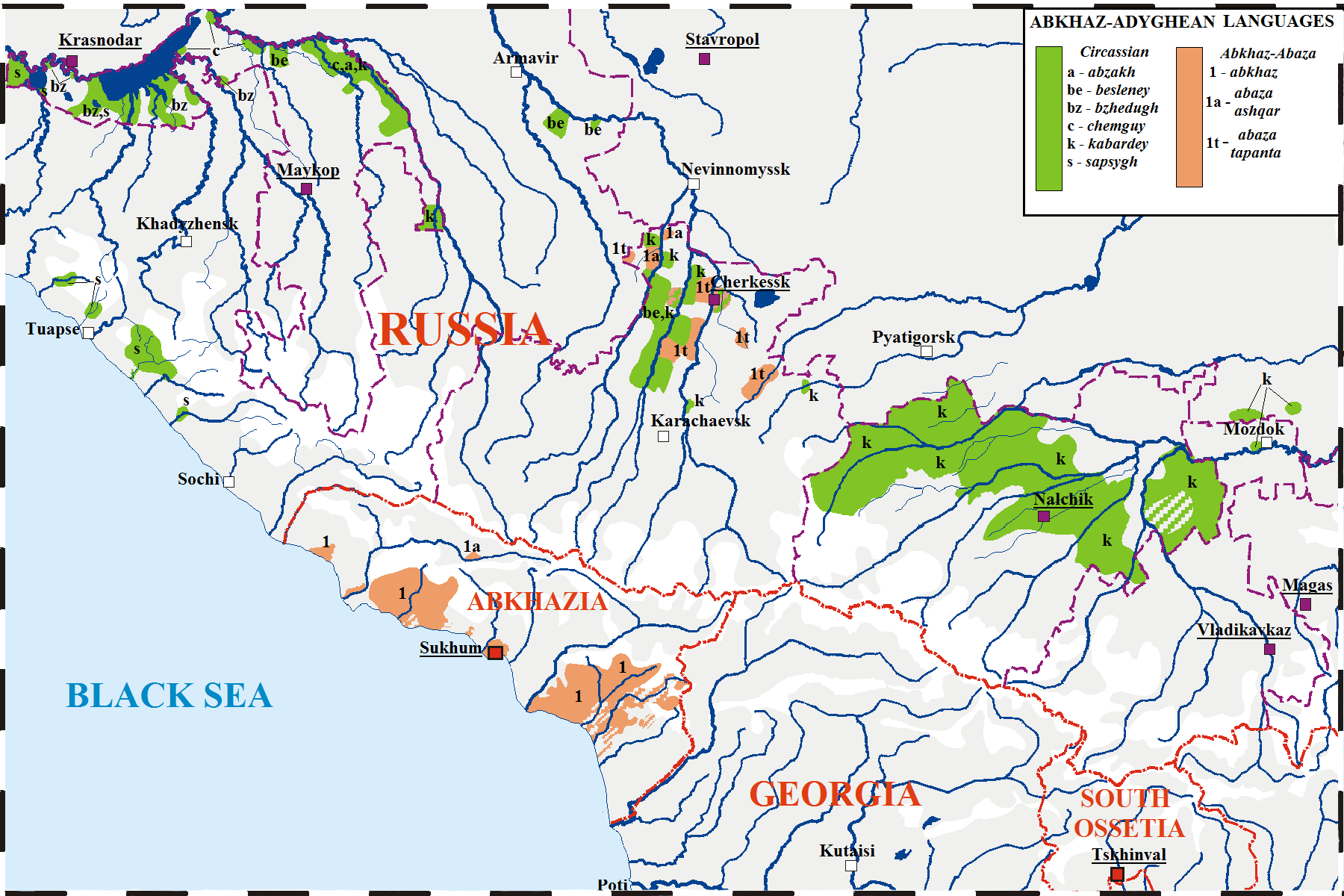|
Voiced Labiodental Fricative
The voiced labiodental fricative is a type of consonantal sound used in some spoken languages. The symbol in the International Phonetic Alphabet that represents this sound is , and the equivalent X-SAMPA symbol is v. The sound is similar to voiced alveolar fricative /z/ in that it is familiar to most European speakers but is a fairly uncommon sound cross-linguistically, occurring in approximately 21.1% of languages. Moreover, most languages that have /z/ also have /v/ and similarly to /z/, the overwhelming majority of languages with are languages of Europe, Africa, or Western Asia, although the similar labiodental approximant /ʋ/ is also common in India. The presence of and absence of , is a very distinctive areal feature of European languages and those of adjacent areas of Siberia and Central Asia. Speakers of East Asian languages that lack this sound may pronounce it as ( Korean and Japanese), or / (Cantonese and Mandarin), and thus be unable to distinguish between a n ... [...More Info...] [...Related Items...] OR: [Wikipedia] [Google] [Baidu] |
Consonant
In articulatory phonetics, a consonant is a speech sound that is articulated with complete or partial closure of the vocal tract, except for the h sound, which is pronounced without any stricture in the vocal tract. Examples are and [b], pronounced with the lips; and [d], pronounced with the front of the tongue; and [g], pronounced with the back of the tongue; , pronounced throughout the vocal tract; , [v], , and [z] pronounced by forcing air through a narrow channel (fricatives); and and , which have air flowing through the nose (nasal consonant, nasals). Most consonants are Pulmonic consonant, pulmonic, using air pressure from the lungs to generate a sound. Very few natural languages are non-pulmonic, making use of Ejective consonant, ejectives, Implosive consonant, implosives, and Click consonant, clicks. Contrasting with consonants are vowels. Since the number of speech sounds in the world's languages is much greater than the number of letters in any one alphabet, Linguis ... [...More Info...] [...Related Items...] OR: [Wikipedia] [Google] [Baidu] |
Standard Mandarin
Standard Chinese ( zh, s=现代标准汉语, t=現代標準漢語, p=Xiàndài biāozhǔn hànyǔ, l=modern standard Han speech) is a modern Standard language, standard form of Mandarin Chinese that was first codified during the Republic of China (1912–1949), republican era (1912–1949). It is designated as the Languages of China, official language of mainland China and a major language in the United Nations languages, United Nations, Languages of Singapore, Singapore, and Languages of Taiwan, Taiwan. It is largely based on the Beijing dialect. Standard Chinese is a pluricentric language with local standards in mainland China, Taiwan and Singapore that mainly differ in their lexicon. Hong Kong written Chinese, used for formal written communication in Hong Kong and Macau, is a form of Standard Chinese that is read aloud with the Cantonese reading of characters. Like other Sinitic languages, Standard Chinese is a tone (linguistics), tonal language with topic-prominent langua ... [...More Info...] [...Related Items...] OR: [Wikipedia] [Google] [Baidu] |
Arabic Language
Arabic (, , or , ) is a Central Semitic languages, Central Semitic language of the Afroasiatic languages, Afroasiatic language family spoken primarily in the Arab world. The International Organization for Standardization (ISO) assigns language codes to 32 varieties of Arabic, including its standard form of Literary Arabic, known as Modern Standard Arabic, which is derived from Classical Arabic. This distinction exists primarily among Western linguists; Arabic speakers themselves generally do not distinguish between Modern Standard Arabic and Classical Arabic, but rather refer to both as ( "the eloquent Arabic") or simply ' (). Arabic is the List of languages by the number of countries in which they are recognized as an official language, third most widespread official language after English and French, one of six official languages of the United Nations, and the Sacred language, liturgical language of Islam. Arabic is widely taught in schools and universities around the wo ... [...More Info...] [...Related Items...] OR: [Wikipedia] [Google] [Baidu] |
Albanian Alphabet
The Albanian alphabet () is a variant of the Latin alphabet used to write the Albanian language. It consists of 36 letters representing all the phonemes of Standard Albanian: The vowels are shown in bold. The letters are named simply by their sounds, followed by ë for consonants (e.g. shë). to the pronunciation of the 36 letters. History The earliest known mention of Albanian writings comes from a French Catholic church document from 1332. Written either by archbishop Guillaume Adam or the monk Brocardus Monacus the report notes that ''Licet Albanenses aliam omnino linguam a latina habeant et diversam, tamen litteram latinam habent in usu et in omnibus suis libris'' ("Though the Albanians have a language entirely their own and different from Latin, they nevertheless use Latin letters in all their books"). Scholars warn that this could mean Albanians also wrote in the Latin language, not necessarily just Albanian with a Latin script. The history of the later Albanian alph ... [...More Info...] [...Related Items...] OR: [Wikipedia] [Google] [Baidu] |
Albanian Language
Albanian (Endonym and exonym, endonym: , , or ) is an Indo-European languages, Indo-European language and the only surviving representative of the Albanoid, Albanoid branch, which belongs to the Paleo-Balkan languages, Paleo-Balkan group. It is the native language of the Albanian people. Standard Albanian is the official language of Albania and Kosovo, and a co-official language in North Macedonia and Montenegro, where it is the primary language of significant Albanian minority communities. Albanian is recognized as a minority language in Italy, Croatia, Romania, and Serbia. It is also spoken in Greece and by the Albanian diaspora, which is generally concentrated in the Americas, Europe and Oceania. Albanian is estimated to have as many as 7.5 million native speakers. Albanian and other Paleo-Balkan languages had their formative core in the Balkans after the Indo-European migrations in the region. Albanian in antiquity is often thought to have been an Illyrian language for ob ... [...More Info...] [...Related Items...] OR: [Wikipedia] [Google] [Baidu] |
Afrikaans Phonology
Afrikaans has a similar phonology to other West Germanic languages, especially Dutch. Vowels Afrikaans has an extensive vowel inventory consisting of 17 vowel phonemes, including 10 monophthongs and 7 diphthongs. There are also 7 marginal monophthongs. Monophthongs The phonetic quality of the close vowels * tends to be merged with into . * is weakly rounded and could be more narrowly transcribed as or . Thus, it is sometimes transcribed . The phonetic quality of the mid vowels * vary between mid or close-mid . * According to some scholars, the stressed allophone of is actually closer than mid (). However, other scholars do not distinguish between stressed and unstressed schwas. This article uses the symbol regardless of the exact height of the vowel. * The central , not the front , are the unrounded counterparts of . Phonetically, have been variously described as mid and open-mid . * are rather weakly rounded, and many speakers merge with into , even in formal ... [...More Info...] [...Related Items...] OR: [Wikipedia] [Google] [Baidu] |
Afrikaans Alphabet
Afrikaans is a West Germanic language spoken in South Africa, Namibia and to a lesser extent Botswana, Zambia, Zimbabwe and also Argentina where there is a group in Sarmiento that speaks the Patagonian dialect. It evolved from the Dutch vernacular of South Holland (Hollandic dialect) spoken by the predominantly Dutch settlers and enslaved population of the Dutch Cape Colony, where it gradually began to develop distinguishing characteristics in the 17th and 18th centuries. Although Afrikaans has adopted words from other languages including German, Malay and Khoisan languages, an estimated 90 to 95% of the vocabulary of Afrikaans is of Dutch origin. Differences between Afrikaans and Dutch often lie in the more analytic morphology and grammar of Afrikaans, and different spellings. There is a large degree of mutual intelligibility between the two languages, especially in written form. Etymology The name of the language comes directly from the Dutch word (now ... [...More Info...] [...Related Items...] OR: [Wikipedia] [Google] [Baidu] |
Abkhaz Phonology
Abkhaz is a language of the Northwest Caucasian family which, like the other Northwest Caucasian languages, is very rich in consonants. Abkhaz has a large consonantal inventory that contrasts 58 consonants in the literary Abzhywa dialect, coupled with just two phonemic vowels (). Abkhaz has three major dialects: Abzhywa, Bzyp and Sadz, which differ mainly in phonology, with the lexical differences being due to contact with neighbouring languages. Consonants Below is the IPA phoneme chart of the consonant phonemes of Abkhaz: Phonemes preceded by an (*) are found in the Bzyp and Sadz dialects of Abkhaz, but not in Abzhywa; phonemes preceded by a (†) are unique to the Bzyp dialect. The total number of consonant phonemes in Abkhaz is, therefore, 58 in the Abzhywa dialect, 60 in the Sadz dialect, and 67 in Bzyp. The obstruents are characterised by a three-fold contrast between voiced, aspirated voiceless and glottalised forms; both the aspirated and glottalised forms are ... [...More Info...] [...Related Items...] OR: [Wikipedia] [Google] [Baidu] |
Abkhaz Alphabet
The Abkhaz alphabet is a Cyrillic alphabet used for the Abkhaz language. Abkhaz did not become a written language until the 19th century. Up until then, Abkhazians, especially princes, had been using Greek (up to c. 9th century), Georgian (9–19th centuries), and partially Turkish (18th century) languages. The Abkhaz word for alphabet is анбан (anban), which was borrowed from Georgian ანბანი (anbani). History The first Abkhaz alphabet was created in 1862 by Peter von Uslar. It had 55 letters and was based on the Cyrillic script. Another version, having 51 letters, was used in 1892 by Dimitry Gulia and K. Machavariani. In 1909, the alphabet was again expanded to 55 letters by Andria Tchotchua to adjust to the extensive consonantal inventory of Abkhaz. In 1926, during the ''korenizatsiya'' policy in the Soviet Union, the Cyrillic alphabet was replaced by a Latin alphabet devised by Nikolay Marr. It featured 76 letters and was called the "Abkhaz ana ... [...More Info...] [...Related Items...] OR: [Wikipedia] [Google] [Baidu] |
Abkhaz Language
Abkhaz, also known as Abkhazian, is a Northwest Caucasian languages, Northwest Caucasian language most closely related to Abaza language, Abaza. It is spoken mostly by the Abkhazians, Abkhaz people. It is one of the official languages of Abkhazia, where around 190,000 people speak it. Furthermore, it is spoken by thousands of members of the Abkhazian diaspora in Turkey, Georgia (country), Georgia's autonomous republic of Adjara, Syria, Jordan, and several Western countries. 27 October is the day of the Abkhazian language in Georgia (country), Georgia. Classification Abkhaz is a Northwest Caucasian languages, Northwest Caucasian language and is thus related to Adyghe language, Adyghe. The language of Abkhaz is especially close to Abaza language, Abaza, and they are sometimes considered dialects of the same language,''B. G. Hewitt Abkhaz 1979;'' page 1. Abazgi, of which the literary dialects of Abkhaz and Abaza are simply two ends of a dialect continuum. Grammatically, the two ar ... [...More Info...] [...Related Items...] OR: [Wikipedia] [Google] [Baidu] |
Norwegian Language
Norwegian ( ) is a North Germanic language from the Indo-European language family spoken mainly in Norway, where it is an official language. Along with Swedish and Danish, Norwegian forms a dialect continuum of more or less mutually intelligible local and regional varieties; some Norwegian and Swedish dialects, in particular, are very close. These Scandinavian languages, together with Faroese and Icelandic as well as some extinct languages, constitute the North Germanic languages. Faroese and Icelandic are not mutually intelligible with Norwegian in their spoken form because continental Scandinavian has diverged from them. While the two Germanic languages with the greatest numbers of speakers, English and German, have close similarities with Norwegian, neither is mutually intelligible with it. Norwegian is a descendant of Old Norse, the common language of the Germanic peoples living in Scandinavia during the Viking Age. Today there are two official forms of ''written'' ... [...More Info...] [...Related Items...] OR: [Wikipedia] [Google] [Baidu] |







